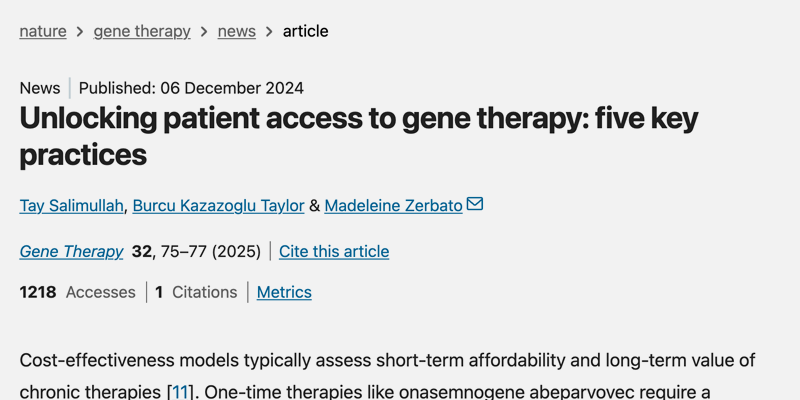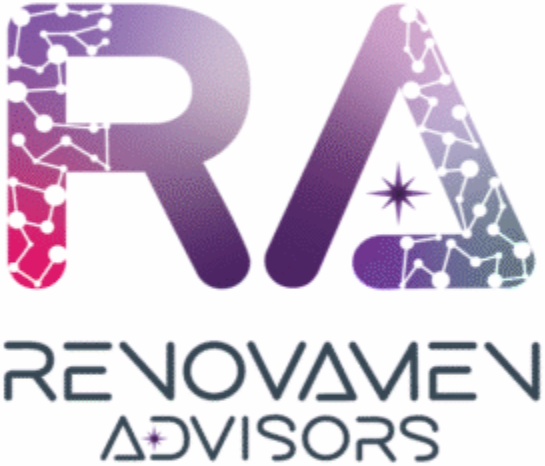
Unlocking patient access to gene therapy: five key practices
Gene therapies have potential for improving patient symptoms and quality of life or extending life expectancy. However, patients face persistent challenges with treatment access (e.g., initial high treatment costs, limited public health infrastructure) [1–3]. Patient access challenges are interwoven into a broader picture stemming from complexities for pharmaceutical companies in achieving sustainable discovery-to-market pathways (e.g., regulatory diffi culties, manufacturing capacity and costs, meeting investor and shareholder expectations, etc.) [4–6]. As the gene therapy field evolves, with >2000 gene therapies in development, including 39 in phase 3 clinical trials or pre-registration, these issues will need to be overcome [7, 8]. We highlight an approach focused on overcoming patient access challenges which is based on real world implementation and scale of onasemnogene abeparvovec, a one-time gene therapy for patients with spinal muscular atrophy. To date, onasemnogene abeparvovec has been approved in >50 countries, and >3700 patients have been treated world wide [9, 10]. Five key strategies are discussed: (1) valuation approaches tailored to one-time therapies; (2) early real-world evidence (RWE) investment; (3) innovative pricing/contracting models; (4) establishment of parallel access pathways; (5) strong alignment for holistic healthcare system support (Fig. 1). Full article here
